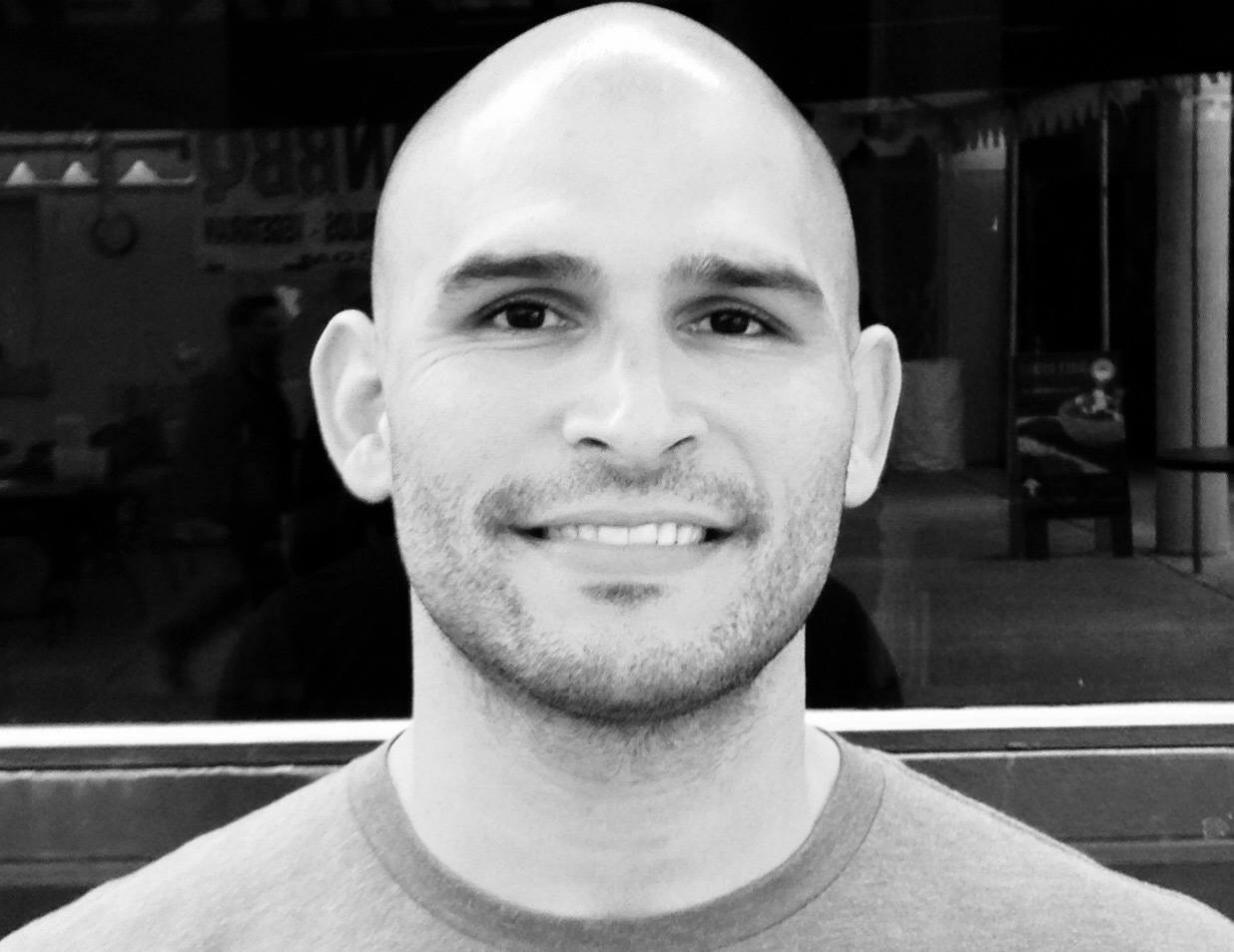Kettlebell Beginner’s Guide: How to Choose the Right Kettlebell
In this video we kick off our 4 part Kettlebell Beginner's Guide series. Part 1 is focused on how to choose the right kettlebell. So can build a stronger, leaner, and more capable body.


If you're new to the channel and/or are a kettlebell beginner and need a done-for-you kettlebell beginner's workout solution.
Download your free 4 week strength program. After downloading, be sure to join our private kettlebell community to help you get the most from your kettlebell journey.
hec " the kettlebell coach" g.
Kettlebell Beginner's Guide: 2 Steps to Choosing the Right Kettlebell
To help you choose the right kettlebell, we'll break this up into two easy-follow-steps.
Skill/Experience Level
Choose traditional weights, 4kg jumps for men, 2kg jumps for ladies. I go into more detail on why I recommend these jump here.
Beginner: ≤ 6 months experience:
- Ladies: 8kg.
- Gentlemen: 16kg.
Intermediate: ≥ 7 months - 5 years experience.
- Ladies: 10-12kg.
- Gentlemen: 20-24kg.
I know this seems like a "big" range. But this is a good thing. At 5 years experience, you should have built enough volume around these core kettlebell skills: Swing, Getup, Clean, Press, Squat, Snatch.
Advanced: 5+ years experience.
- Ladies: ≥ 16kg
- Gentlemen: ≥ 32kg
In part 3 of the Kettlebell Beginner's Guide series, I'll reveal what exercises we recommend practicing based on your skill, and experience, level.
When/how to Move up a Kettlebell Size
When building a kettlebell program to developing a stronger, leaner, and more capable body... there are 3 principles to adhere to.
- Continuity of the Training Process.
- Waviness of the Load.
- Specialized Variety.
The 3 principles will also overlap.
Continuity of the Training Process
This is your "consistency" component.
Not only do you want to be consistent in your practice... but you also want to have more constants than variables. Too many variables make it hard to know what is working for you.
There is no value, from the perspective of consistent progress, in "workouts of the day." I mean I guess there is if you just "want to get something in." In that context, sure.
Here's an example of what a consistent practice looks like with more variables than constants.
Constants:
- Same rep scheme per session.
- Same training weight each session.
- Same training schedule per week.
Variables:
- Training duration per session.
After you've accumulated enough volume over the course of 4-8 weeks. You can add the next variable.
Waviness of the Load
"Load" can mean different things.
1.) It can be volume (total reps and sets). 2.) It can be the absolute intensity (I.e., a single weight being lifted). Or it can be average intensity (I.e., the average of multiple intensity zones. E.g., the average of 50-80% weights being lifted.)
In this context we'll define "load" using density. I.e., effort. Density is a better option for kettlebell beginners developing their skills.
Density is completing more volume in the same time. Or the same volume in less time. The former is an indicator of your over all strength endurance. The ladder is an sign of your conditioning.
Both are key indicators you're getting stronger and more capable.
Here's an example of what a density variable could look like in your practice.
Week 1: Workout MWF completing sets of 3 presses per set in a 15 minute time frame. At the end of the session, you complete 10 total sets.
Total volume: 36 reps.
Week 2: Keep the same time frame, same reps, and training duration. But set a goal of increasing your sets to 12.
Continue this process until you reach your genetic potential of how much volume you can complete. You'll eventually hit the point of diminished returns.
Specialized Variety (SV)
Once you can no longer make progress, before moving up in weight, add specialized variety. This is essentially "same, but different."
Which is another means in varying the "load" without moving up in weight.
You can practice single kettlebell strict presses one week. Double kettlebell presses the following week, and Long Cycle Clean and Press the next week. But at the end of the day... you're still pressing. Which is aligned to principle #1: Continuity of the Training Process.
All variations focus on building your pressing skills.
Here's an example of what a SV variable could look like in your practice, within a week.
- Monday: Single Kettlebell Strict Press.
- Wednesday: Double Kettlebell Press.
- Friday: Single Kettlebell, Long Cycle Clean and Press.
Point of Diminished Returns
Once you've reached your genetic potential and have exhausted all your resources. You're ready for the next step. Peak your pressing strength.
(I hosted a free live training on this in more detail here on our YT channel.)
This step is straight forward.
Perform a strength test based on the kettlebell press. I cover why in today's video (see above). If you can press the weight you've been using for 10 or more. And are able to complete full training sessions with the same weight.
Move up +4kg and test a new rep max (RM). Then rinse and repeat.
If you have Q's about this post, drop them in the comments below.
Appreciate you reading.
Best wishes from us at Hardstyle on your kettlebell journey.
hec "the kettlebell coach" g.
Btw... If this is a "bit much" for you to take in and you need someone to just "tell you what to do" to get results.
This is exactly what we do for out students in the Hardstyle Academy.
First step would be to set up a time to chat to see if it makes sense to work together. On the call we'll get clear on your goals, where you wanna be, and what steps need to be taken to get you there.
If it's a good fit, we can discuss the enrollment process.
